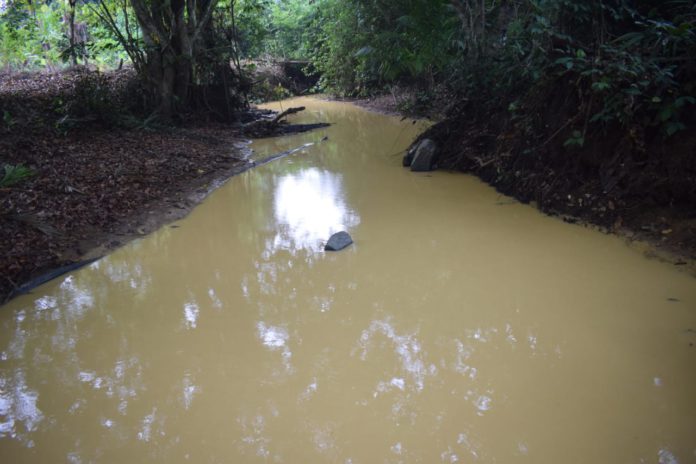The images are haunting: viral videos shared widely across social media show murky, brown sludge gushing from inland rivers into the sea, choking the once-pristine coastline.
Schools of fish struggle against the suffocating filth, gasping for survival in a dying ecosystem.
What is the source of this cruelty to the fish? Illegal mining, locally known as galamsey, is poisoning Ghana’s rivers and oceans, threatening the livelihood of coastal communities and a country whose survival is intricately tied to the health of its waters.
Researchers have indicated that over 60 percent of Ghana’s water bodies are contaminated due to galamsey and other harmful environmental practices. Fisheries experts, including the National Fisheries Association of Ghana (NAFAG), are sounding the alarm about the dire consequences for the fishing sector.
They warn that if these activities continue unchecked, Ghana will not only lose its freshwater and food production, but will also suffer from dwindling fish stocks, putting at risk the very survival of millions who depend on the sea for food and employment.
The Polluted Pathway: From Rivers to Oceans
Illegal mining has ravaged Ghana’s rivers such as the Pra, Offin, and Ankobra through the use of toxic chemicals like mercury and cyanide to extract precious minerals.
These harmful substances leach into water bodies, poisoning aquatic life and disrupting ecosystems. As these polluted rivers flow downstream, they carry the toxic, chemically polluted water into the sea.
The result is the contamination of marine life, particularly fish, which are an essential source of protein for millions of Ghanaians.
The Ministry of Fisheries and Aquaculture has revealed that Ghana’s annual demand for fish is about 1.2 million metric tonnes.
In Ghana’s coastal communities, where fishing is not just an economic activity but a way of life, this crisis poses a direct threat to food security.
Communities like Elmina, Axim, Keta, and Tema have raised alarms, fearing for their future. They continue to report dwindling fish stocks, unhealthy catches, and increasing signs that the toxic tide from inland mining is poisoning their seas.
The link between land and sea is undeniable—what happens to our rivers and land ultimately impacts our ocean ecosystem.


